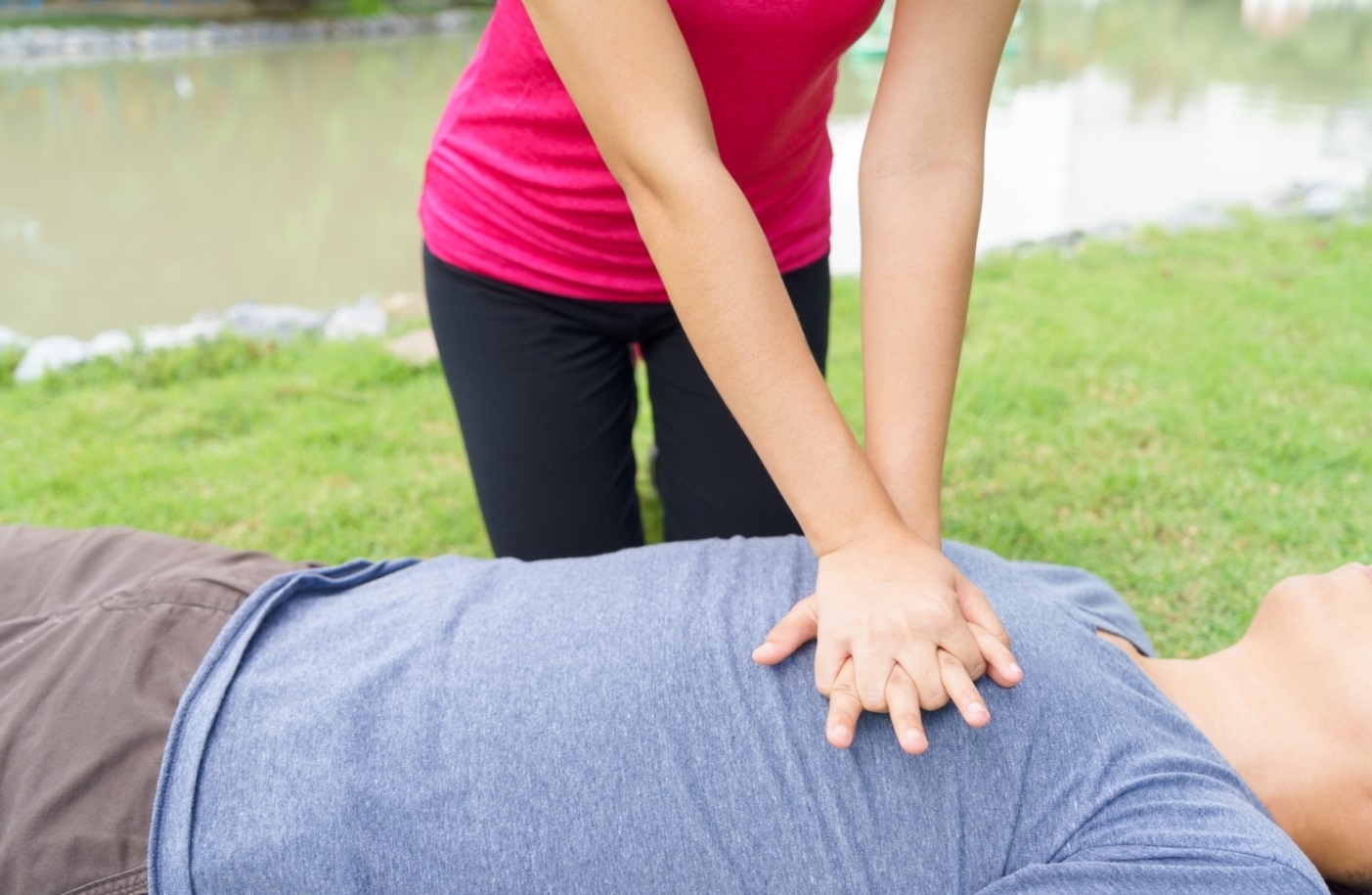Last Updated on: 23rd May 2022, 01:49 am
If you find yourself with an unresponsive, unconscious person and you’re not sure how to proceed, it’s important to first check for signs of life. Most people know to check if the casualty is breathing – but what if they are not? These are the critical signs that CPR must be administered immediately. Follow our CPR steps to ensure you are best prepared in case of a cardiopulmonary emergency.
What is CPR
CPR is a lifesaving procedure that will keep you and your patient alive until a rescue crew arrives. The three main types of CPR are compressions, assisted breathing, and CPR with the compression device. The aim of CPR is to:
- Enhance the flow of blood to your patient
- Provide adequate oxygen
- Monitor the flow of blood to ensure oxygenated blood is reaching the heart
- Detect brain damage
- CPR is divided into different levels to ensure that the steps are applied appropriately and given to the correct person.
Signs that CPR must be administered
If you’ve assessed that the person is not breathing, you need to administer CPR. Just in case the person is turning blue, mouth is turning blue, fingers are blue, that’s a sign that there’s not enough oxygen in the body and you need to give them CPR. This is particularly important when someone doesn’t have a pulse.
The CPR steps
- Attempt to keep the person comfortable: First, check for breathing. If there is none, move on to check for circulation – the whole body must be moved in this instance.
- Begin chest compressions: This involves squeezing the chest, with your hands, to help stimulate the heart to pump blood to the brain and other vital organs.
- Push oxygen into the body: As the heart starts to beat more normally, oxygen can be introduced into the bloodstream. This is called cardioversion, and helps bring the heart rate up.
- A normal heart rate is 60 to 100 beats per minute. With CPR it’s recommended that the chest compressions should be 40 to 60 to get it up to 60.
- Give mouth-to-mouth resuscitation: If the heart has started to beat, mouth-to-mouth breathing can start, which helps to get the victim.
Conclusion
In the event that you ever find yourself at the wrong place at the wrong time and have to deal with an unresponsive, unconscious person, you have to remember to call 911. There is no predicting what will happen, or how long it will take before emergency personnel will arrive, make sure to do everything you can to help.

